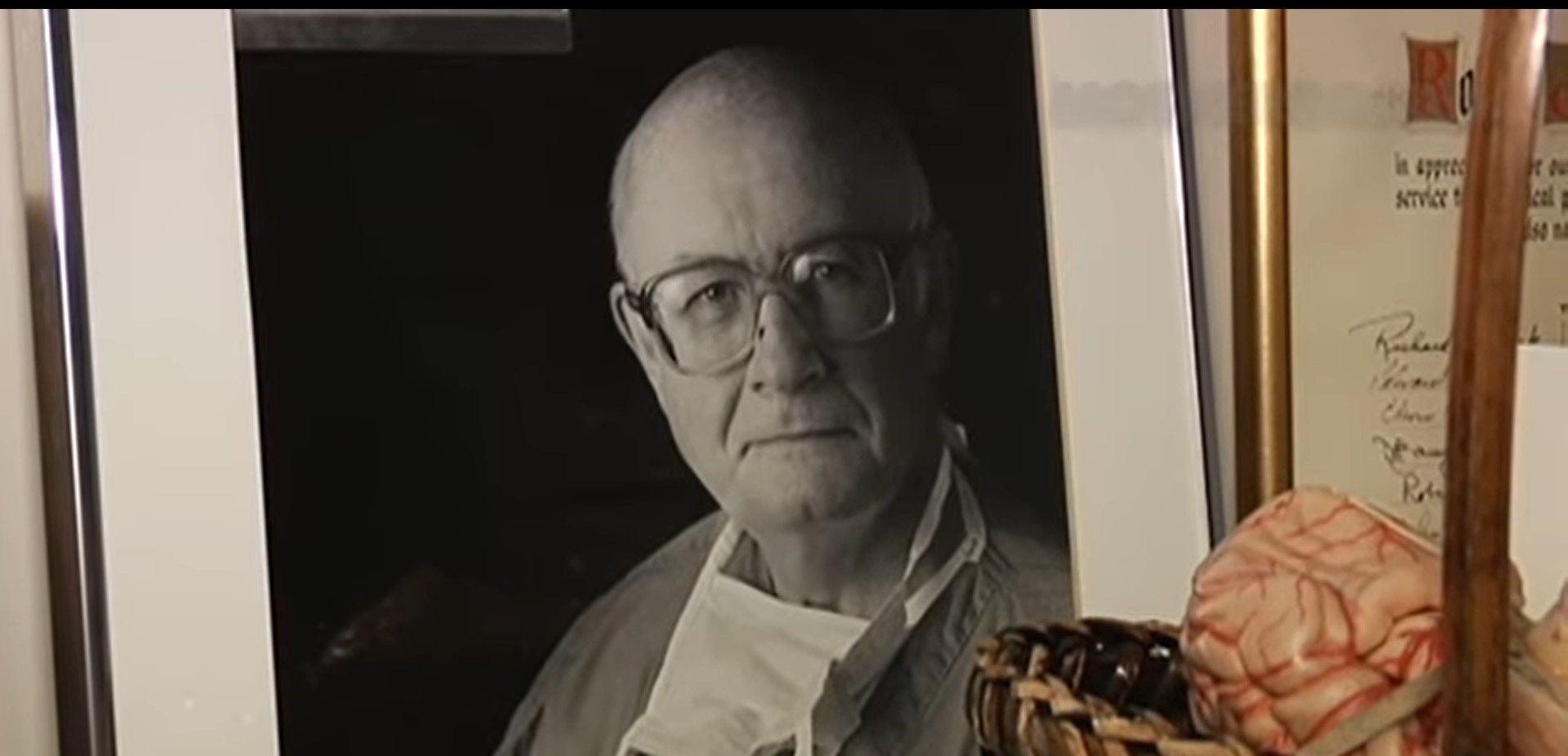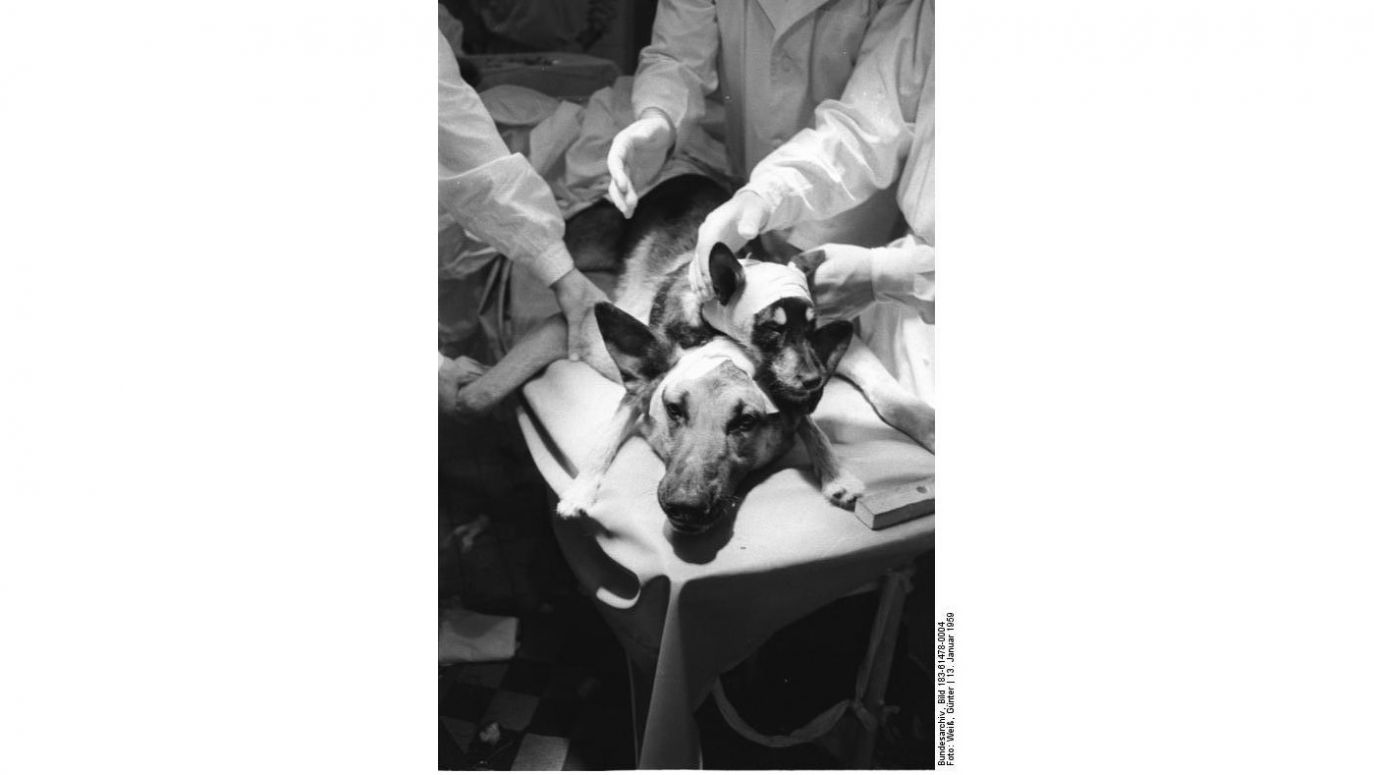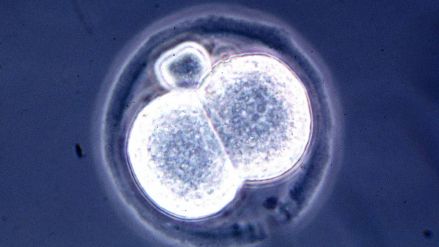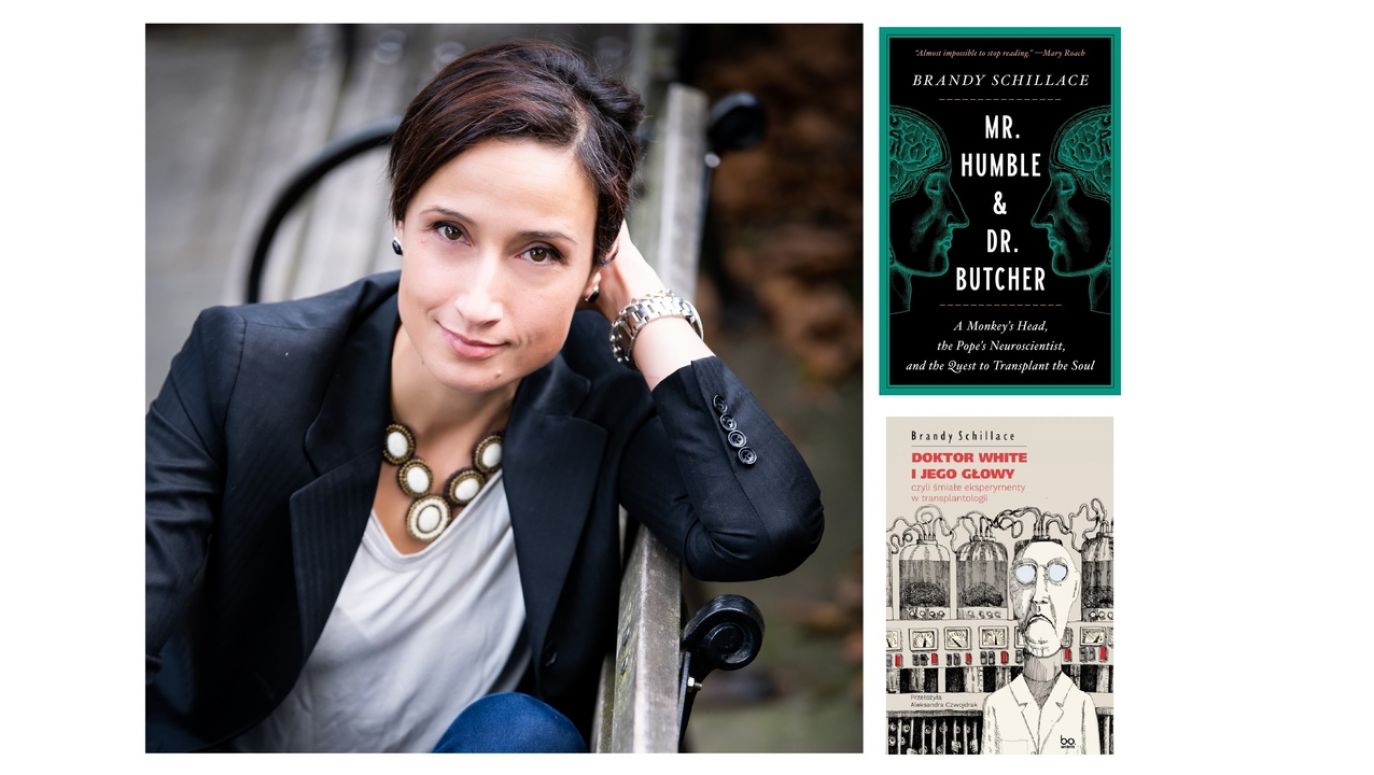And after a while, the Russians had imitators in the U.S. who wanted to catch up with them.
The protagonist of my book "Mr. Humble and Dr. Butcher" is the American transplantologist Dr. Robert White. He was an outstanding scientist who, as early as the 1960s and 1970s, set himself the goal of not only transplanting organs, but performing a "whole body transplant" of the human body. Although this still sounds like science fiction today, it is not necessarily that unrealistic. White wanted to help paralyzed patients who were functional only from the neck or chest up. He endeavored to provide them with a new body by means of a donor body. In doing so, he did not introduce the concept of a "head transplant" because, as a deeply religious Catholic, he recognized that the head is the carrier of the human being, the self and the soul. White knew that paralyzed people have shorter lives and eventually suffer from organ failure, and he wanted to help them live longer. He argued that his experiments could lead to people like paralyzed Stephen Hawking having a better quality of life. Therefore, he asked rhetorically, why do we deny such patients this right?
Towards the end of his scientific career, he even had a volunteer for his experiment.
He was approached by Craig Vitovitz, who was completely paralyzed. The operation never took place, there was no legal approval, and besides, the patient's organs began to die. But there's no guarantee that the surgery would work — or that getting a new body would actually improve or prolong life. White’s first experiments in the 1970s were successful — he transplanted the head of one monkey onto the body of another, and it lived. But only for 9 days. Could a human head survive indefinitely on the body of another human? Would it be rejected? Would the new hormones and processes in that body change the transplanted brain? We just don’t have the answers.
Dr. White, however, like the Russians, became famous for his controversial animal experiments. They were quite cruel, triggered a wave of protests, and the scientist was dubbed "Dr. Butcher"
Elon Musk is also presently being attacked for violating animal ethics rules with his neuralink experiments (more than 1,500 animals are said to have already been used for laboratory experiments in research on this technology, on whose brains implantable brain-machine interfaces were tested - editor's note)
 SIGN UP TO OUR PAGE
SIGN UP TO OUR PAGE 
White’s experiments may be difficult to understand by today’s standards, but he never violated the rules of professional conduct. But that does not mean there were no problems. Dr. White had a tendency to tangle with people with whom he disagreed. He felt that animal rights activists were threatening the future of patients, and he told them so. Loudly. And often. Similarly, groups in support of animal rights launched various offensives against Dr. White — including chasing his car in monkey costumes and even throwing a severed plastic head at him during a dinner party. I attempted to give a balanced view; Dr. White did save many lives (especially children’s lives) with his operations, which he first perfected on animals. But he also experimented on primates in ways we would consider inappropriate today. In the 1970s, monkeys were kept in small, isolated cages with no mental stimulation or exercise. Today, laws in the U.S. require that animals be kept in a more natural environment where they can engage in sufficient activity. We have these disputes between science and medicine to thank for that. But no matter how you look at it, it remains true that White cut off the heads of monkeys, isolated their brains, and kept the heads and brains alive without their bodies. Several hundred monkeys (I believe over 300). It is not surprising that PETA (People for the Ethical Treatment of Animals, an international non-profit organization that advocates for animal rights - editor's note) referred to him as Dr. Butcher.


 SIGN UP TO OUR PAGE
SIGN UP TO OUR PAGE 






